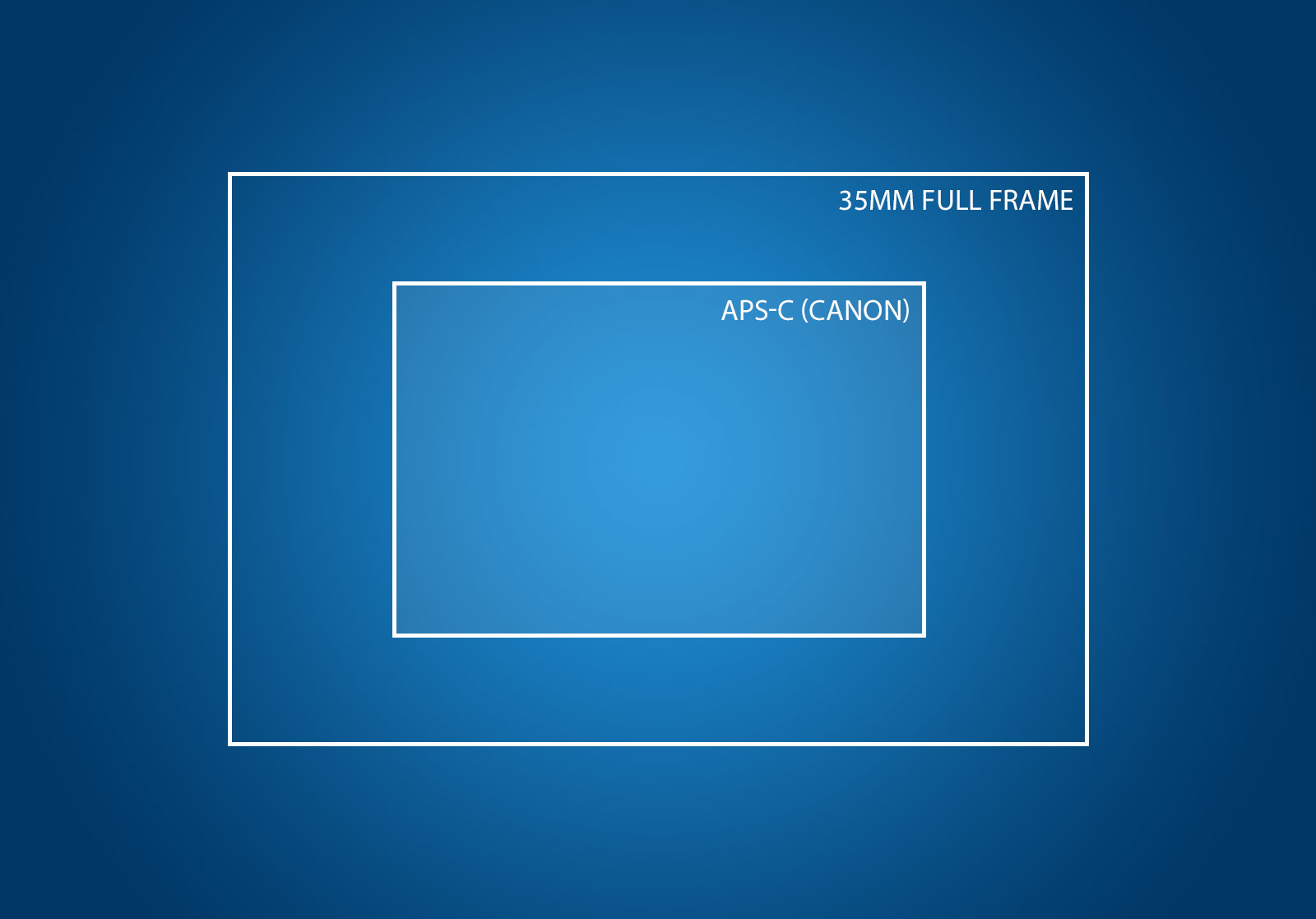

This is fewer than 35 mm cartridges, which typically take 12 to 36 pictures on one roll. The medium-format film is usually roll film, typically allowing 8 to 32 exposures on one roll of film before reloading is needed. Also, medium-format cameras tend to be bulkier than their 35 mm counterpart.
#Medium format vs full frame sensor size professional
While 35 mm cameras, film, and photo finishing services are generally widely available and cheap, medium format is usually limited to professional photography shops and can be prohibitively expensive. This permits landscape photography with the appearance of an extremely large depth of field – from closest foreground to the far horizon – to be achieved, by aligning the plane of focus with the subject plane of interest, using the Scheimpflug principle.Ĭompared with 35 mm, the main drawbacks are accessibility and price. The larger size of the film also allows for better control of the depth of field and therefore more photographic creativity.Ĭameras with a bellows typically support ' tilt and shift' of the lens. This allows for bigger enlargements and smooth gradation without the grain or blur that would characterize similarly enlarged images produced from smaller film formats. The main benefit of medium-format photography is that, because of the larger size of the film or digital sensor (two to six times larger than 35 mm), images of much higher resolution can be produced.

For example, autofocus became available in consumer 35 mm cameras in 1977, but did not reach medium format until the late 1990s, and has never been available in a consumer large format camera. Medium-format cameras made since the 1950s are generally less automated than smaller cameras made at the same time. Some of the benefits of using medium-format digital cameras include higher resolution sensors, better low-light capabilities compared to a traditional 35mm DSLR, and a wider dynamic range. In digital photography, medium format refers either to cameras adapted from medium-format film photography uses or to cameras making use of sensors larger than that of a 35 mm film frame. Nowadays, the term applies to film and digital cameras that record images on media larger than the 24 mm × 36 mm (0.94 in × 1.42 in) used in 35 mm photography (though not including 127 sizes), but smaller than 4 in × 5 in (100 mm × 130 mm) (which is considered large format photography). Medium format has traditionally referred to a film format in photography and the related cameras and equipment that use film. Medium-format film lacks the sprocket holes of 35 mm film. Popular examples of medium format film cameras A size comparison of medium-format film (left) and 35 mm film. JSTOR ( April 2023) ( Learn how and when to remove this template message).Unsourced material may be challenged and removed. Please help improve this article by adding citations to reliable sources. This article needs additional citations for verification.


 0 kommentar(er)
0 kommentar(er)
